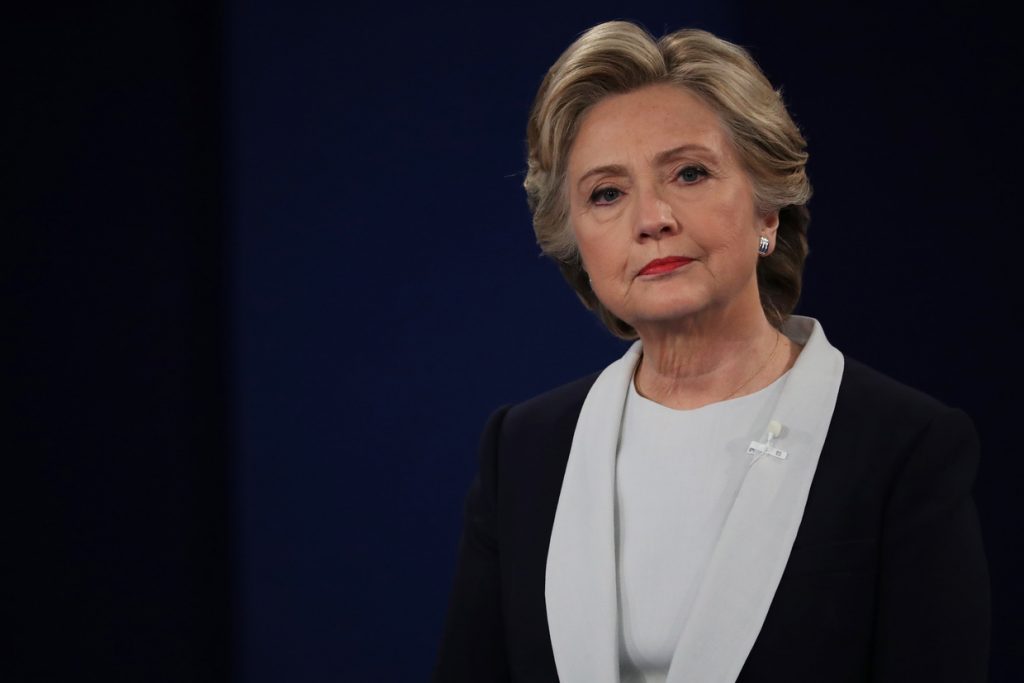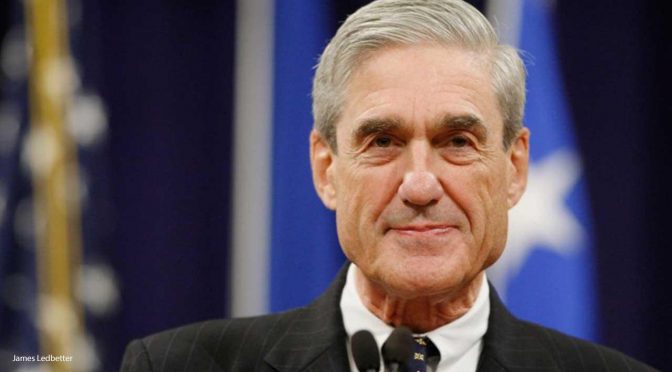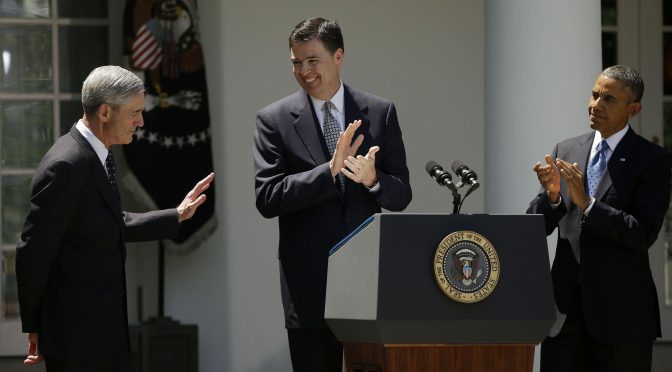Files reveal how the specter of Moscow’s supposed underhand ways was used to subjugate the platform to the US Democratic Party.
In a pair of blockbuster #TwitterFiles threads, this week, journalist Matt Taibbi has blown open, even wider, the media giant’s concerning collusion with the US national security state. The former Rolling Stone writer exposed how political pressure from the US Democratic Party very effectively forced the company to endorse the lie that its platform was extensively weaponized by Russia, with hugely significant consequences.
Find the “Russian trace” at any cost
The first, boldly titled ‘How Twitter Let the Intelligence Community In’, documents how in August 2017, despite dubious allegations that Russian bots and trolls were responsible for the election of Donald Trump in the mainstream media reaching fever pitch, Twitter’s hierarchy knew its platform wasn’t riddled with malign Kremlin-directed actors.
In internal emails, the company’s senior executives and communications professionals almost mocked the idea that it was overrun with Russian bots. They could neither detect “a big correlation” in account activity related to the November 2016 election, nor any “larger patterns” at all. They forecast potentially taking action against less than 25 users. As such, it was decided to simply ignore approaches from the media on the issue.
The next month, Twitter informed the Senate it had suspended 22 possible Russian accounts, and 179 others with “possible links” to those accounts. Senator Mark Warner, a ranking Democrat on the Intelligence Committee, immediately held a high-profile press conference to denounce the social network’s response as “frankly inadequate on every level.”
Such pressure, combined with bitter, twice-failed presidential candidate Hillary Clinton declaring, “It’s time for Twitter to stop dragging its heels and live up to the fact that its platform is being used as a tool for cyber-warfare,” forced the social network to set up a dedicated “Russia task force” to investigate the issue. It did – and found nothing. “No evidence of a coordinated approach” between accounts flagged as potentially Kremlin-run was identified, despite an “exhaustive” internal investigation.

In all, after manually scouring through the posts of thousands of accounts flagged as “suspicious” by external actors, they found that just 32 were questionable, 17 of which were connected with Russia, and only two had spent any money on advertising – one being RT, which was specifically given favorable marketing offers by Twitter before the election.
Again, senior Democratic party officials were enraged by these results. What followed was a flurry of unhinged, sensationalist news stories, claiming Twitter was either covering up the Kremlin’s dirty work for sinister reasons, either by lying about the issue, or actively deleting reams of incriminating data to cover its own tracks.
“Were Twitter a contractor for the FSB … they could not have built a more effective disinformation platform,” professor Thomas Rid, an adviser to the Intelligence Committee, remarked to Politico at the time.
Surrender to politics
None of this was true. But it provided the Democrats with ammunition to threaten regulations on Twitter’s political advertising, which could’ve been extremely costly to the company’s revenue. This sent senior staffers into a panic, which was only intensified by the timely leak of a database of thousands of alleged Russian bots and trolls to major media outlets by the Intelligence Committee. This resulted in a flood of aggressive queries from journalists.
Realizing the pressure would only keep mounting – as media outlets and politicians had decided this absolutely was a major scandal, irrespective of the available evidence, and were going to keep pushing until they got what they wanted – Twitter kowtowed, and publicly declared bots and trolls were in fact a massive issue on its platform, and it would be proactive in rooting out such activity in future.
Internally, Twitter executives settled on an informal, secret policy for dealing with rogue actors on the network. Publicly, they would stick to the line content was removed and users were banned “at our sole discretion,” while privately they would “off-board” anything and everything “identified by the US intelligence community as a state-sponsored entity conducting cyber-operations,” without argument.
Twitter had actively invited US spies to run its moderation process, without anyone knowing, and on the explicit internal understanding they would not be leaving. That sinister penetration widened substantially when Covid-19 arrived in the US, and again the bogeyman of Kremlin “disinformation” was the battering ram.
In February 2020, US State Department intelligence wing the Global Engagement Center published a report, “Russian Disinformation Apparatus Taking Advantage of Coronavirus Concerns.” It claimed that a vast network of bots and trolls controlled by Moscow and amplified by China and Iran was pumping endless propaganda “describing the Coronavirus as an engineered bioweapon.”
The report’s criteria for determining if an account was a bot or troll was, unbelievably, whether the user followed “two or more” Chinese diplomats. The 250,000-strong network included Western government officials, and media outlets, including CNN. Such a weak evidentiary foundation did not deter mainstream journalists publishing countless stories endorsing the report’s findings.
Twitter staff, likely due to past experience at this point, could see what the Center was up to – namely, attempting to “insert themselves” into the “content moderation club” through which Google, Twitter and Facebook were controlled by the FBI, DHS, and other US government agencies. Executives at these tech giants were unanimously opposed to the Center’s inclusion, not least due to its “mandate for offensive” information operations to “promote American interests.”
Hell under the heel
After years of bending over backwards to placate the Democratic establishment, Twitter attempted to push back. Over a series of internal emails, various executives spelled out deep concerns about allowing the Center any influence over the platform, and initially rejected an FBI request for the organization to be included in the moderation club’s regular ‘industry call’. It was felt the Center’s involvement would pose “major risks … especially as the election heats up.”
Eventually, the FBI offered a compromise – the CIA, NSA, and Global Engagement Center would be able to simply listen to the industry calls, but wouldn’t be active participants. Twitter relented, a decision its higher-ups seem to have quickly come to regret. Before long, the social network was being bombarded with requests to censor content and ban users from every US government body under the sun.
This extended to US government officials asking for users to be banned because they didn’t personally like an individual in question. Notorious House Intelligence Committee chief Adam Schiff, a Democrat, once asked Twitter to ban journalist Paul Sperry, due to his critical reporting on the Committee’s work. After initially refusing, Sperry was later suspended.
Almost every other request was granted immediately, even those from the Global Engagement Center. This included demands to ban independent media outlets falsely claimed to be “GRU-controlled” and linked “to the Russian government.” In one email, a former CIA staffer remarked that Twitter would soon be unable to deny a single request. “Our window on that is closing,” they said.
In the weeks before the 2020 Presidential election, Twitter was flooded with demands from so many officials, departments and agencies, they were confused and overworked. If action wasn’t taken promptly, followup emails quickly appeared, asking if action had yet been taken, and if not, why, and when it would be.
In one request, an FBI official even apologized “in advance for your workload.” Once, a no doubt exhausted senior attorney at the social network complained internally, “my inbox is really f***ed up at this point.”
Previous #TwitterFiles threads exposed how the FBI paid the social network $3 million to process its requests. Based on the most recent disclosures, it’s clear the company and its staff were significantly underpaid for their efforts. Future releases promise yet further bombshell revelations, but the long-hidden truths divulged so far should prompt every Twitter user to reflect how the site for many years in secret operated as an effective wing of the US intelligence – and may well still do so.







